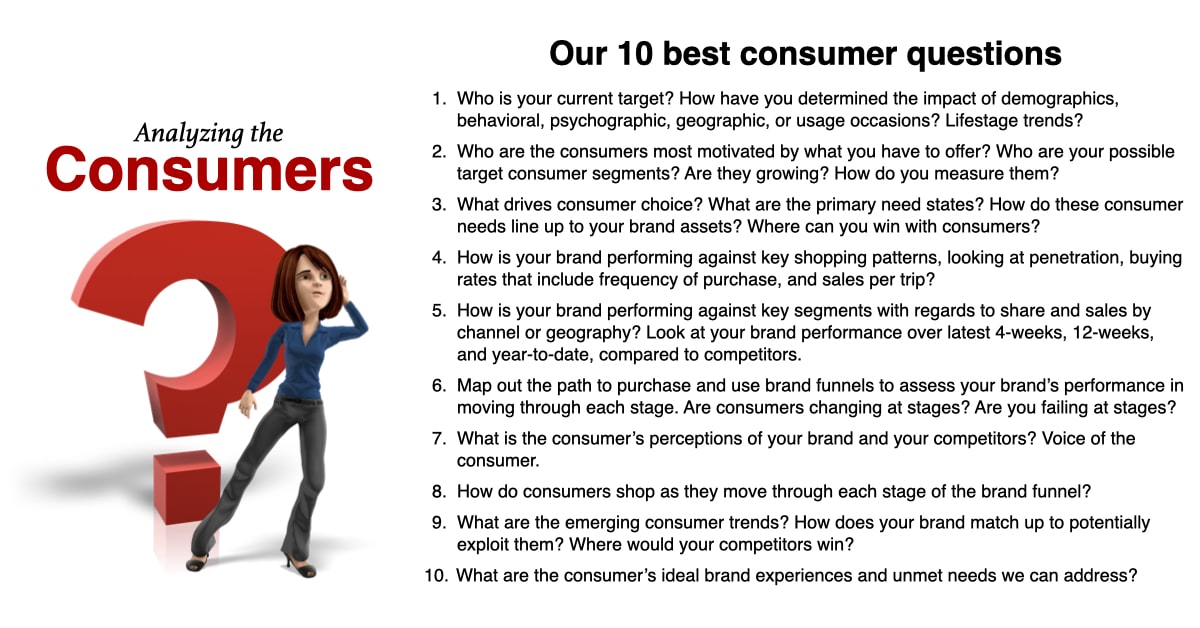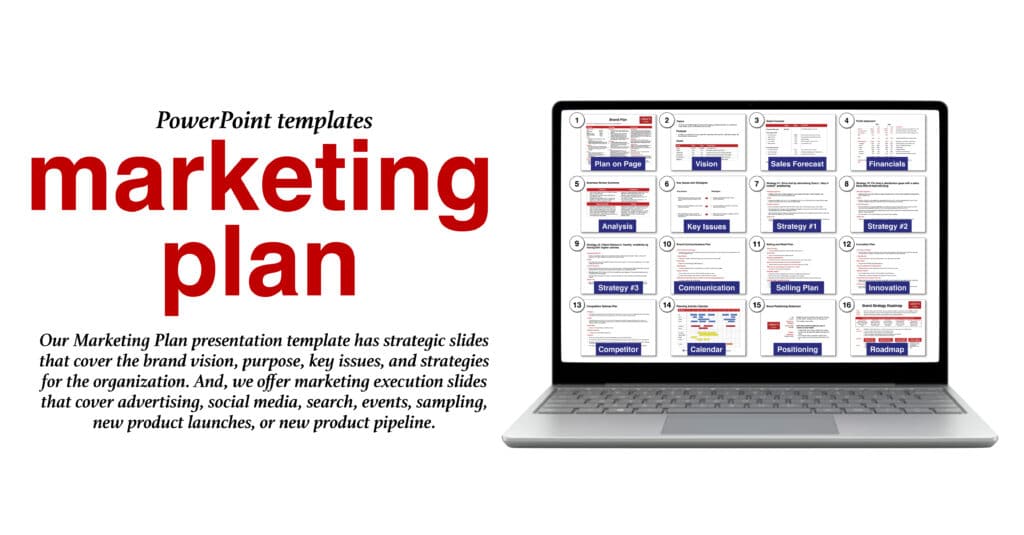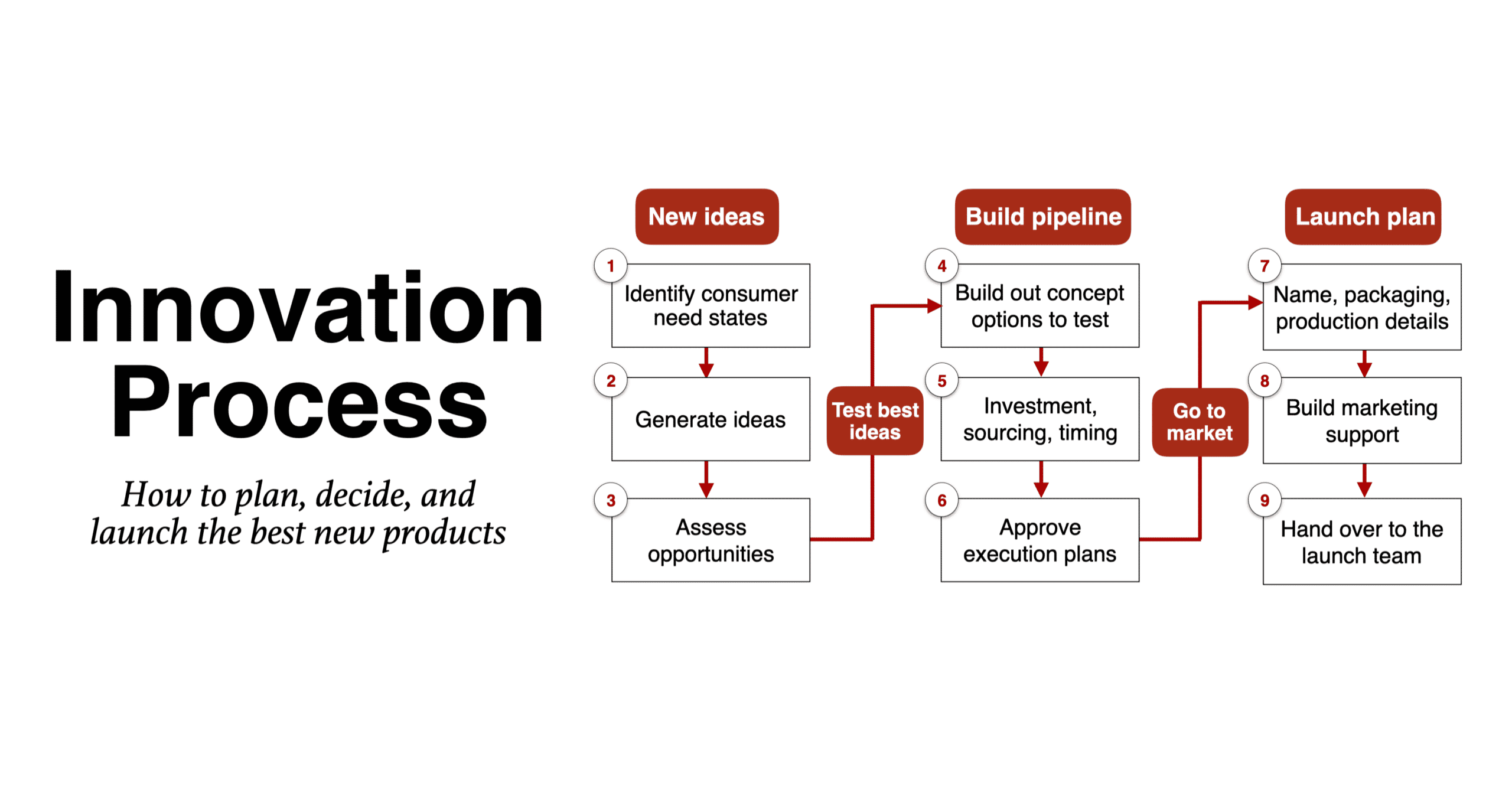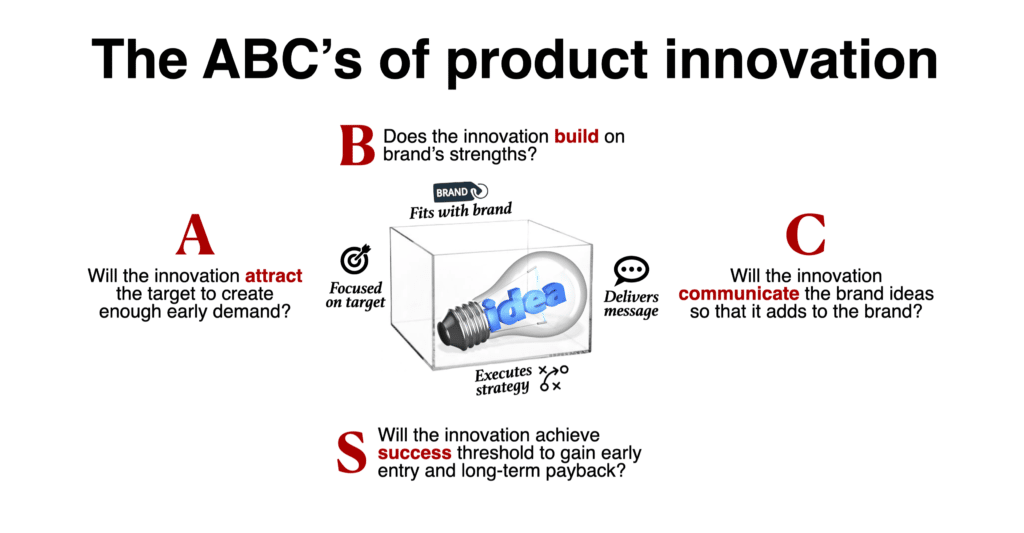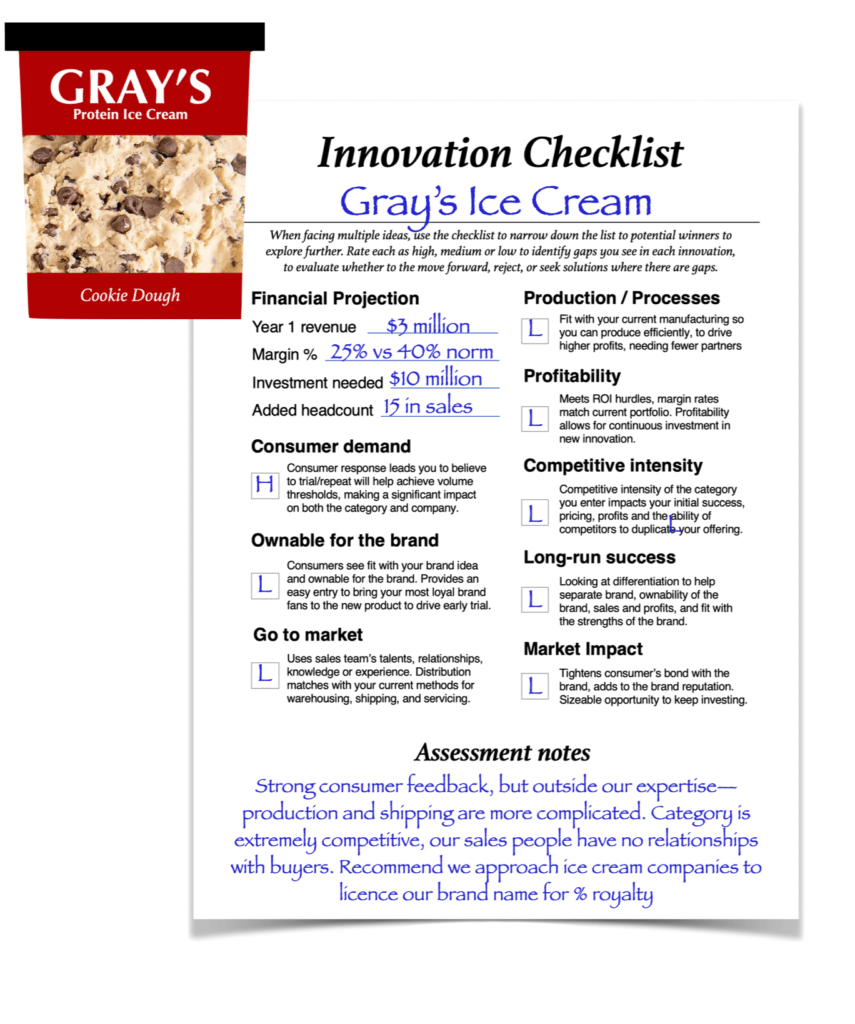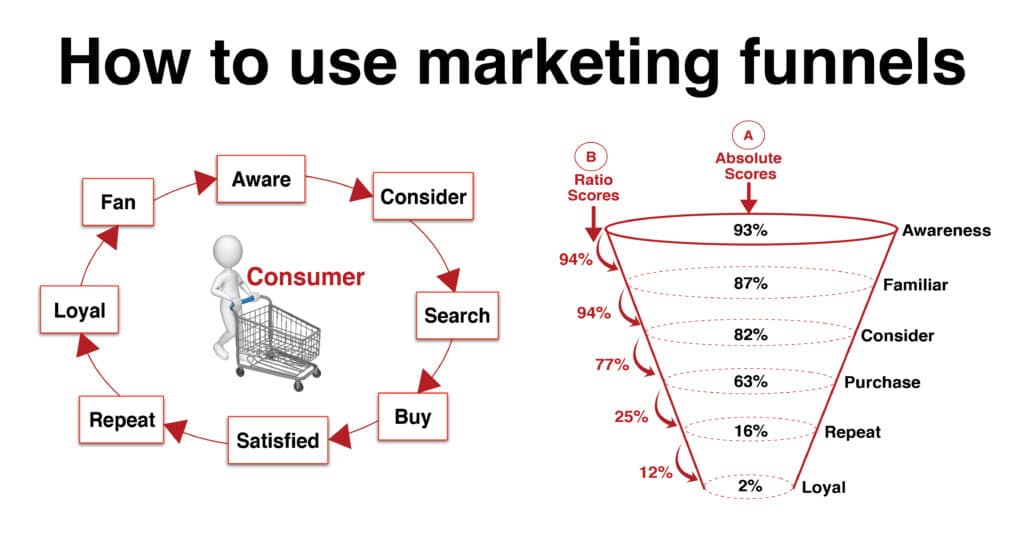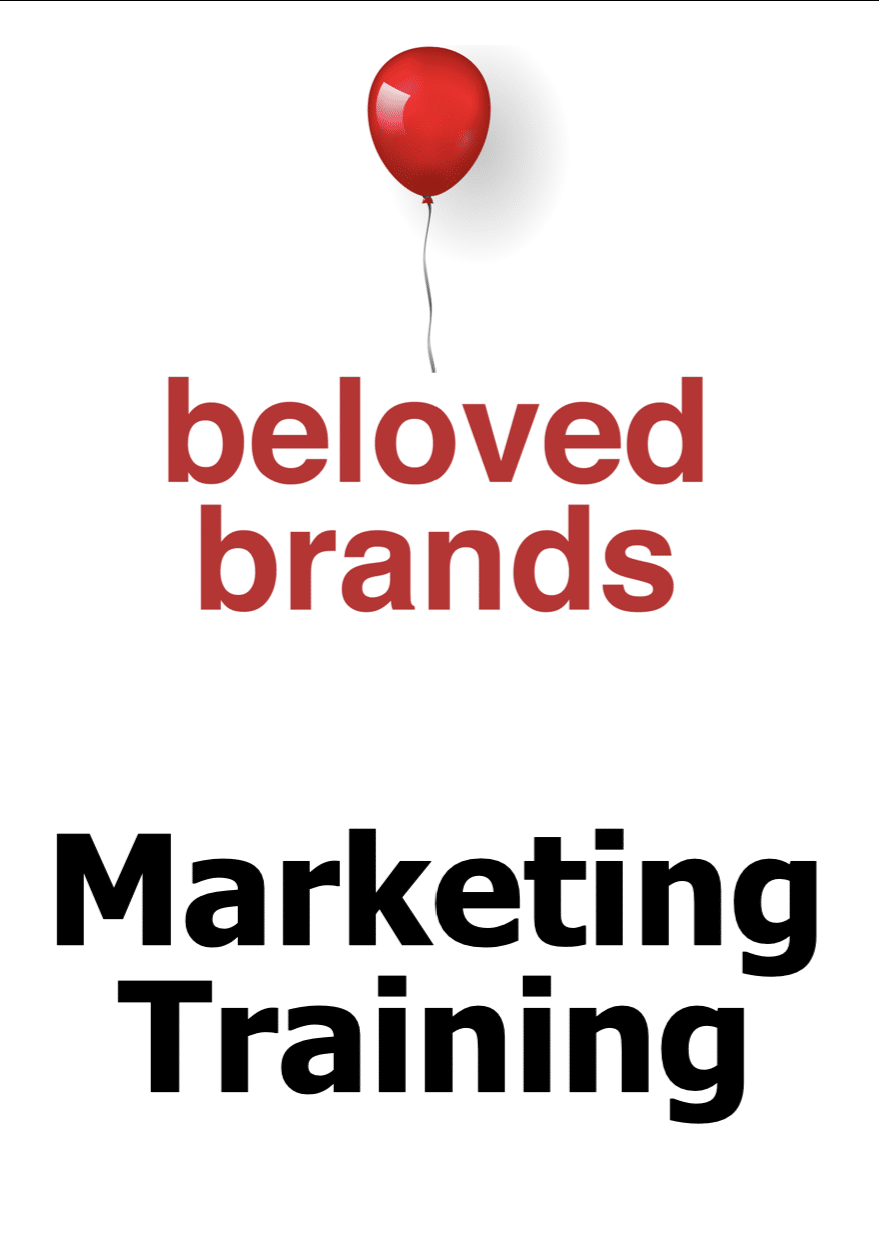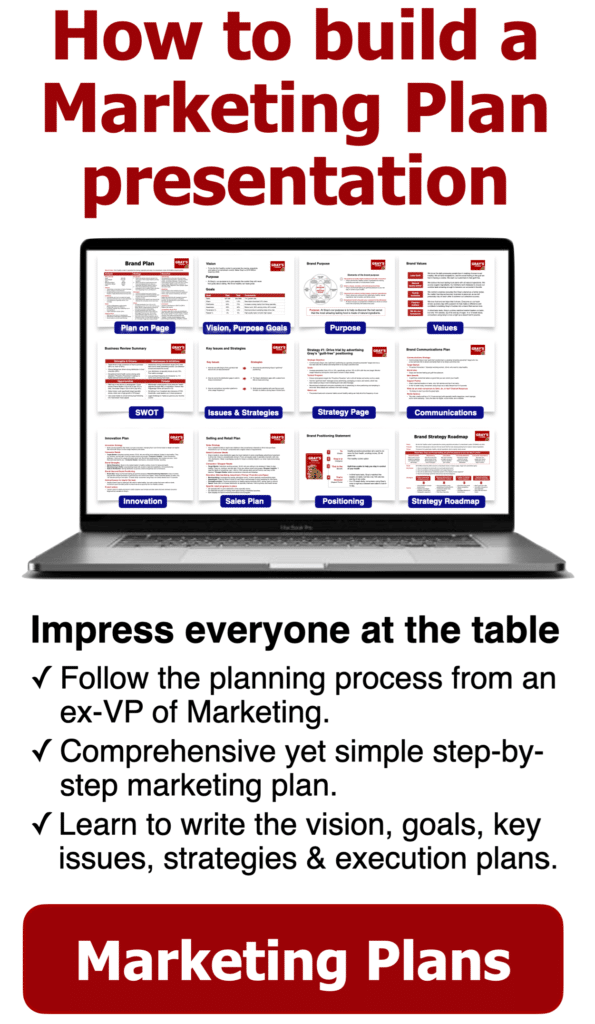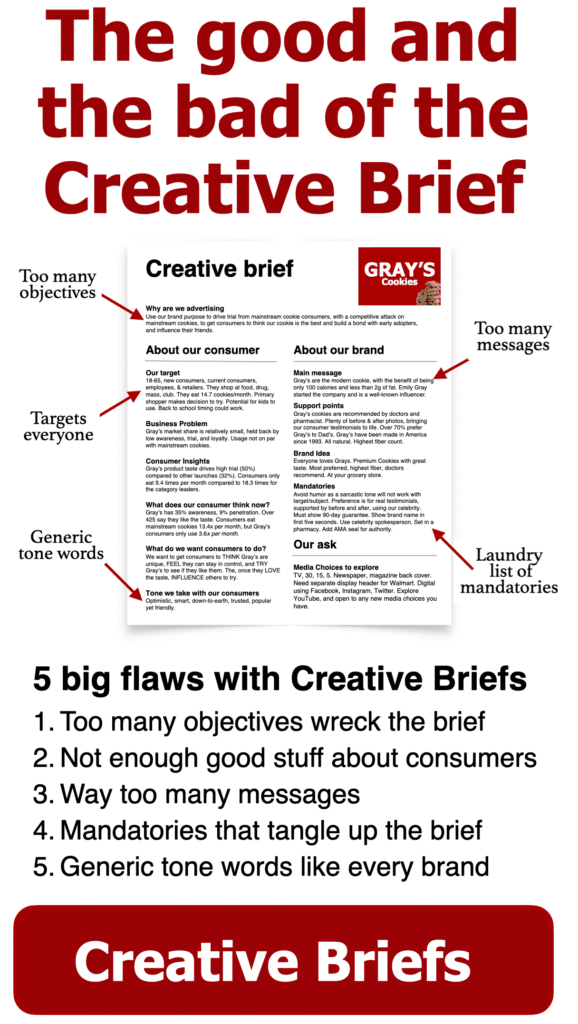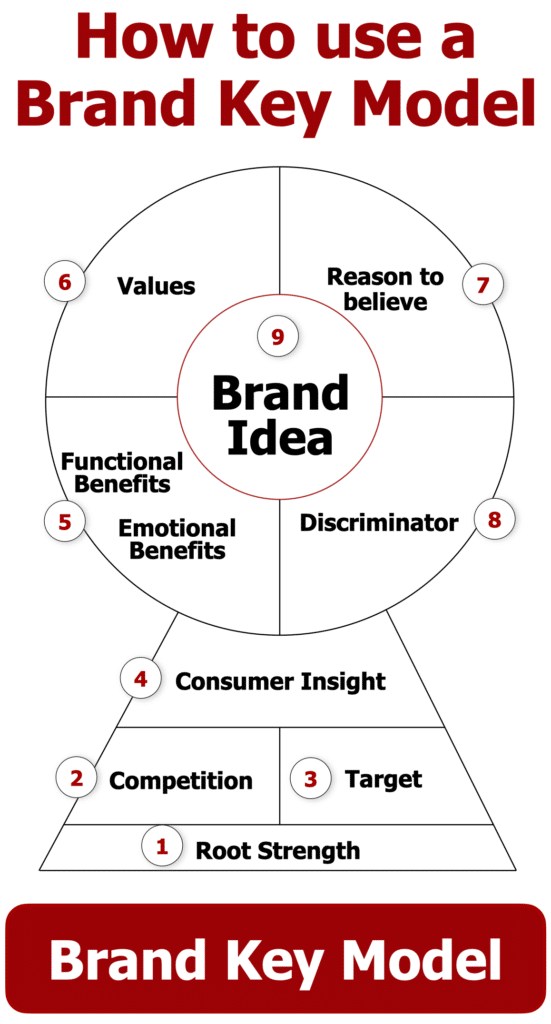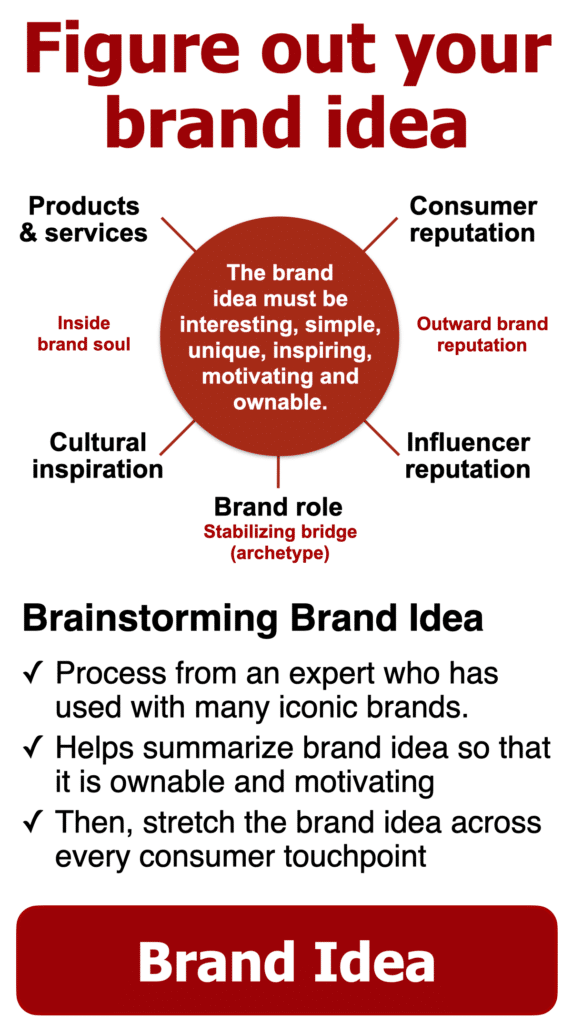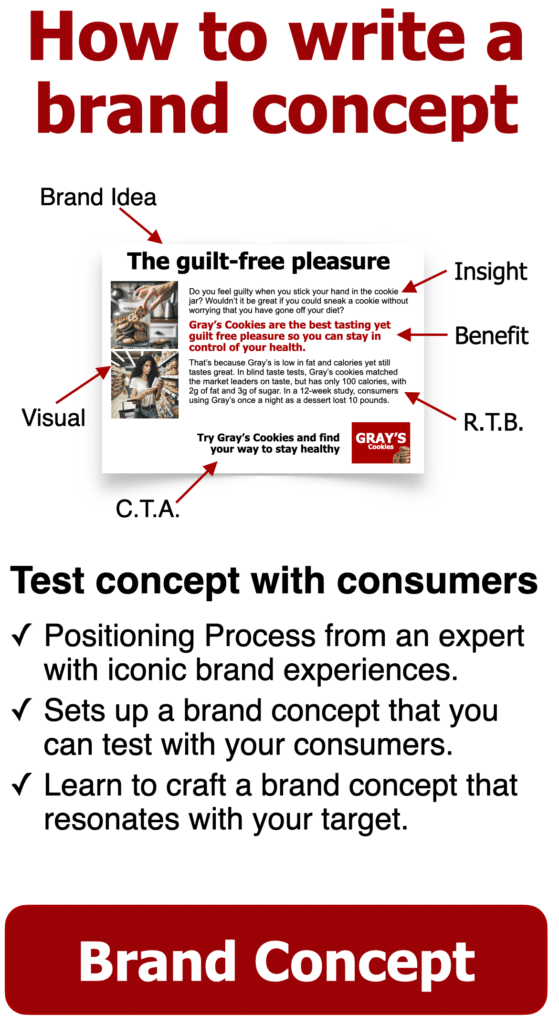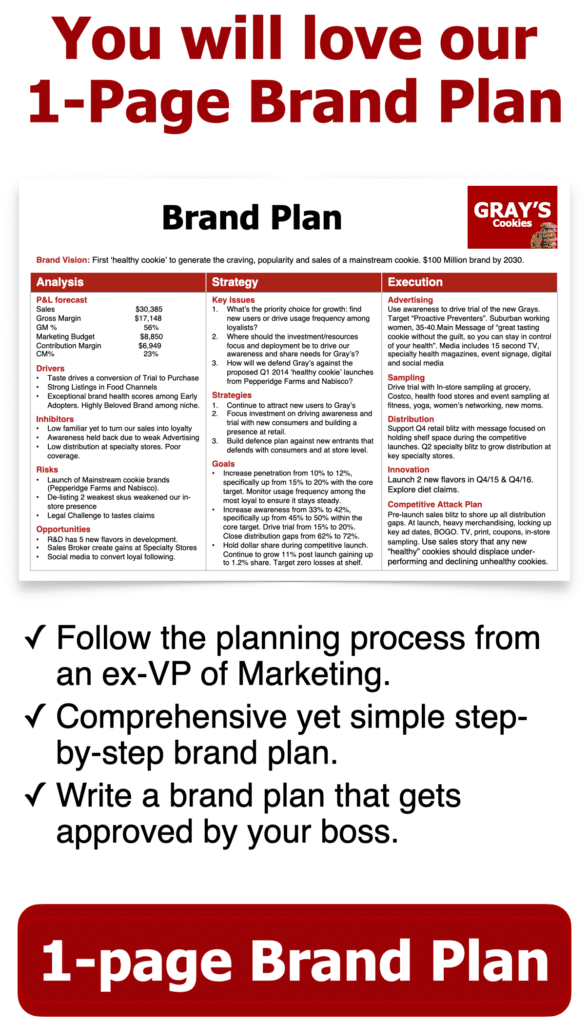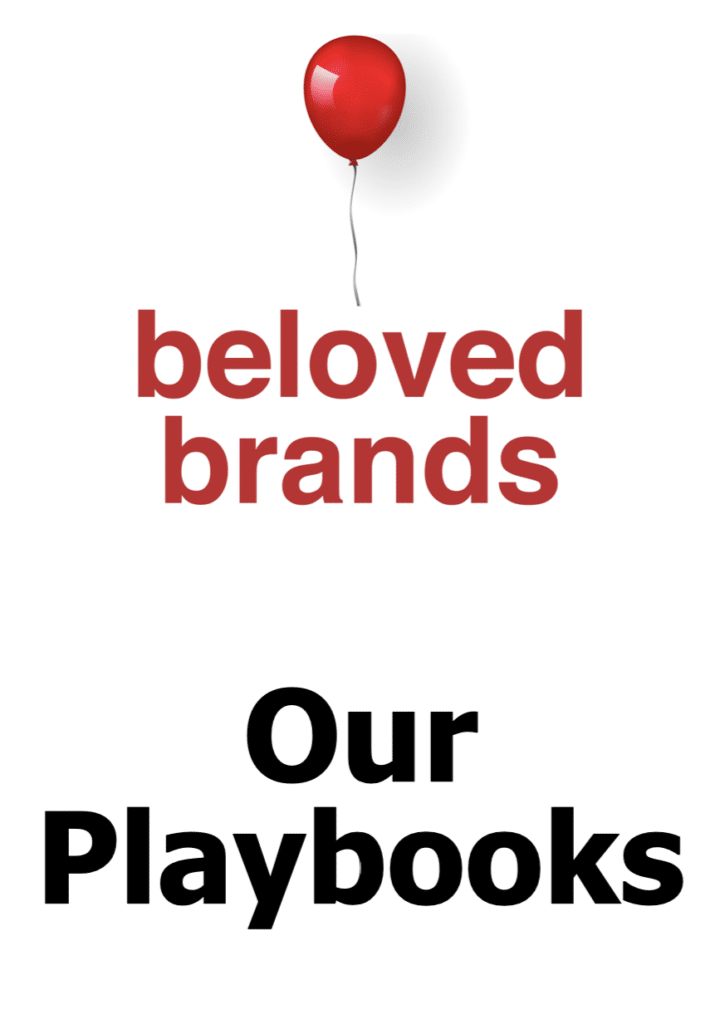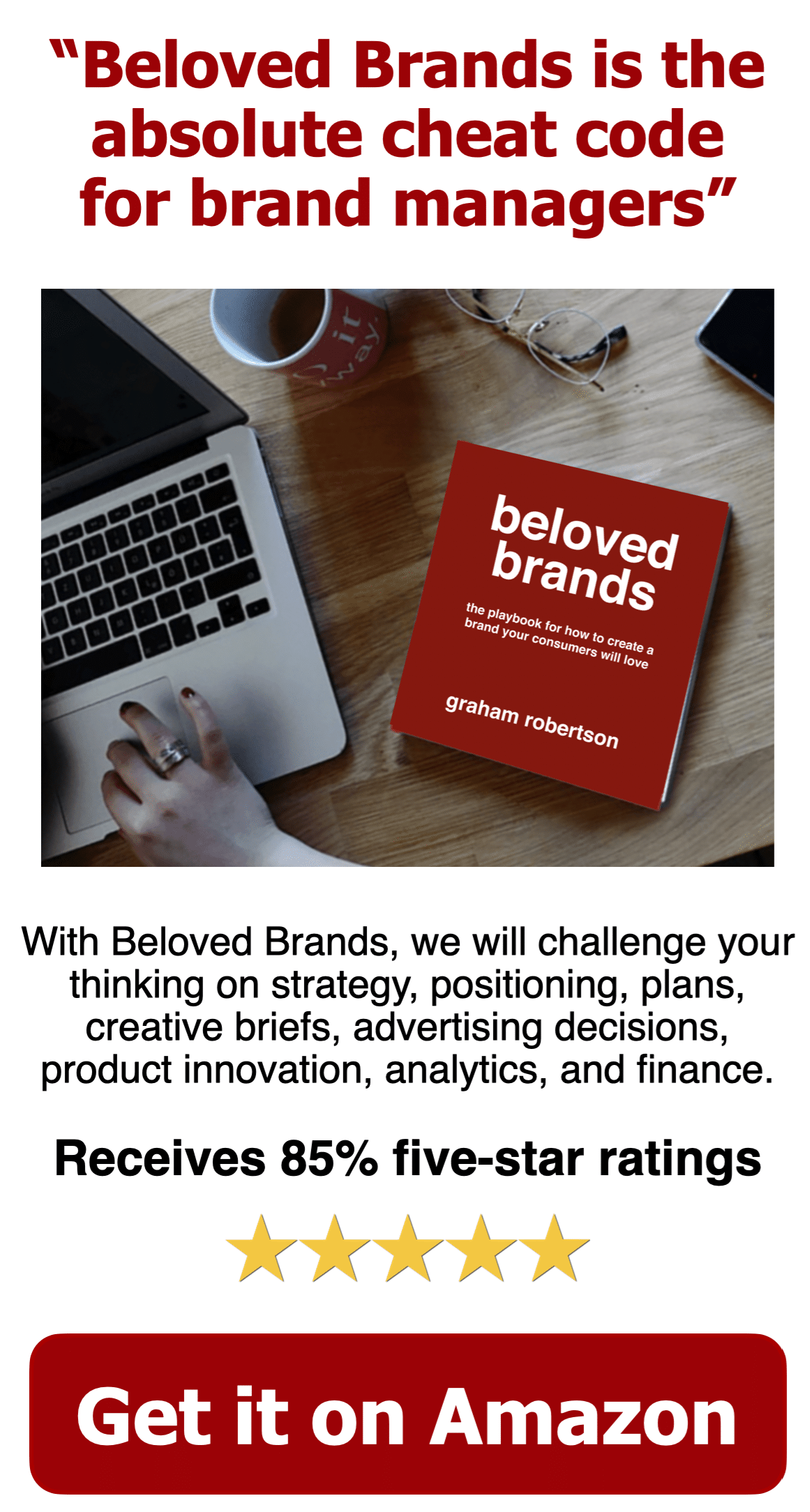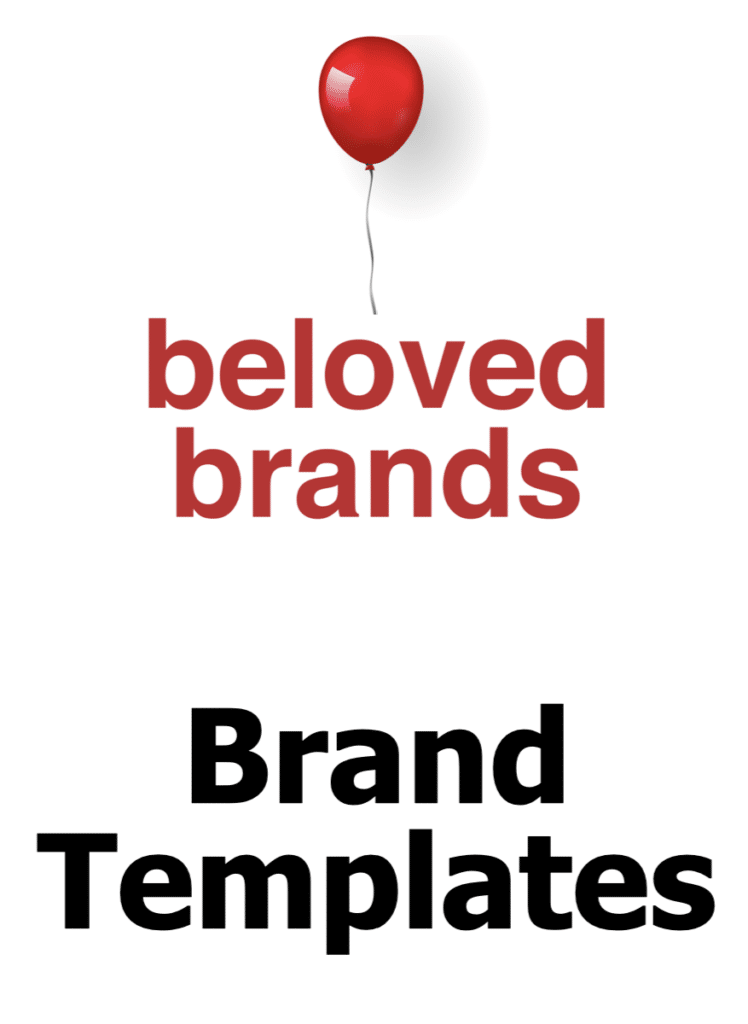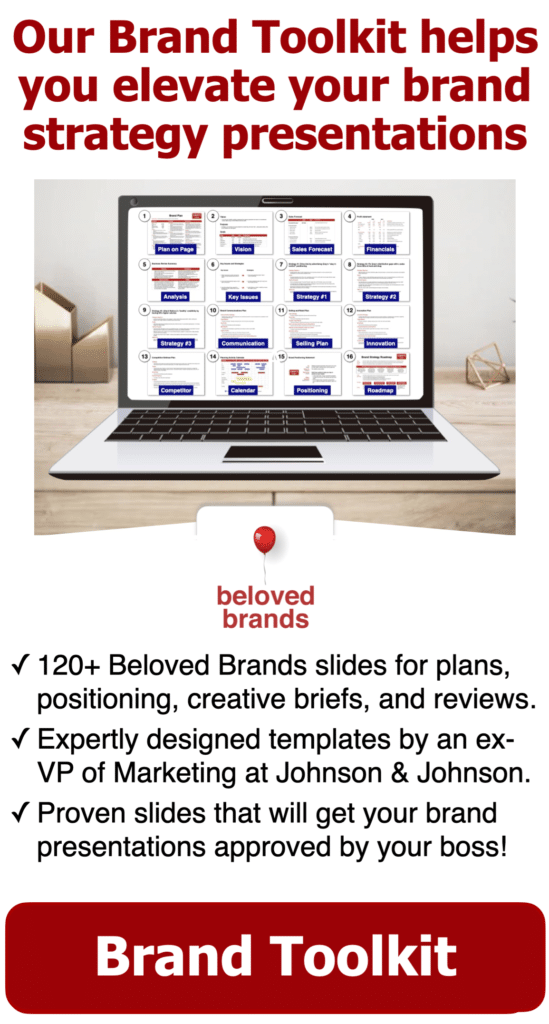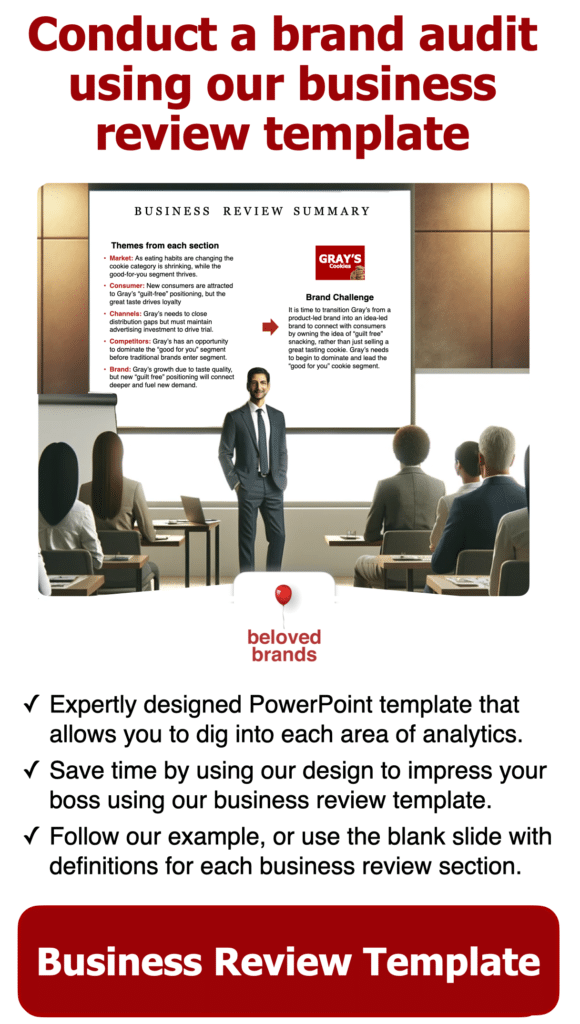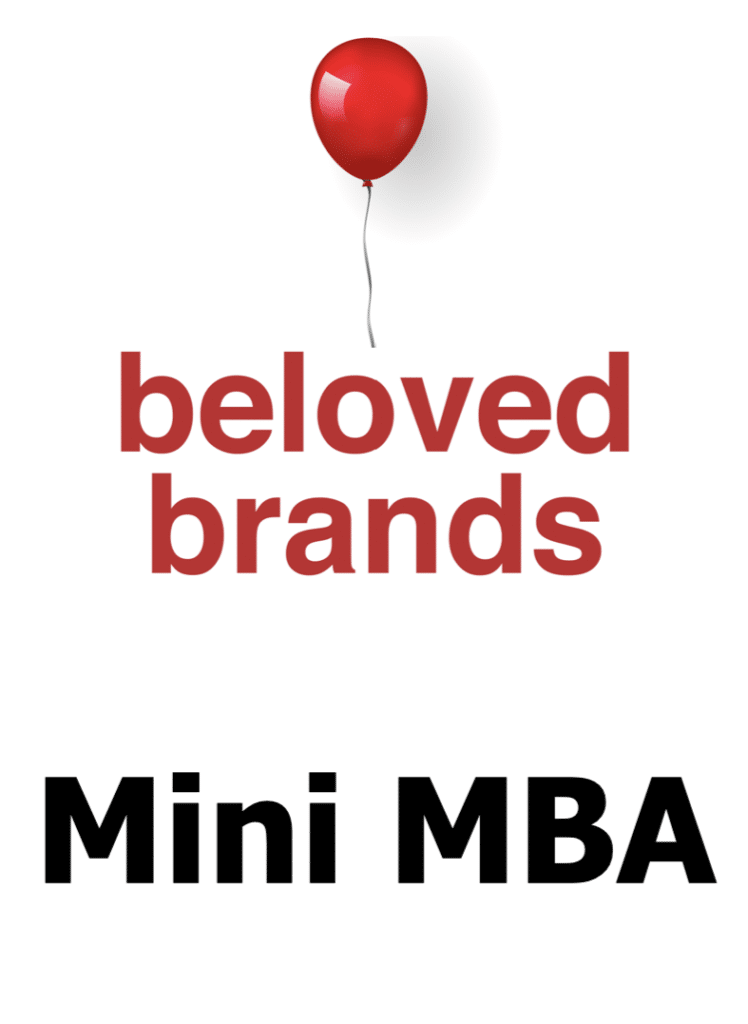As a brand manager, it’s crucial to understand your target audience and their needs for your brand’s success. Moreover, marketing research is a vital tool that offers valuable insights into your target market, competitors, and the overall industry. However, choosing from the numerous marketing research types can be challenging. In this article, we’ll delve into the various marketing research methods a brand manager should know and their applications in brand strategy.
Always start with the consumer.
Firstly, consumer targeting is an essential aspect of brand strategy. Quantitative research methods, like surveys and questionnaires, provide valuable data on demographics, preferences, and behaviors. Consequently, you can use this information to create targeted marketing campaigns.
Secondly, competitor analysis helps you identify opportunities and threats in the market. Qualitative research, such as interviews and focus groups, can provide insights into the strengths and weaknesses of your competitors. As a result, you can make informed decisions about your brand positioning.
Use research to cover blind spots with execution.
Thirdly, advertising research evaluates the effectiveness of your marketing campaigns. Techniques like A/B testing and eye-tracking studies can help you optimize your advertisements for maximum impact. Thus, you can allocate your resources efficiently.
Fourthly, new product development benefits from concept testing and prototype evaluations. Utilizing these methods ensures that you create products that resonate with your target market and stand out from the competition. In turn, this can lead to increased market share and brand loyalty.
Lastly, in-store research uncovers insights about the shopping experience and consumer behavior. Methods such as observational research and mystery shopping can help you identify areas for improvement in your retail environment. By addressing these issues, you can enhance the overall customer experience and drive sales.

Consumer target
Using Market Research to help with consumer targeting.
Knowing your target audience is crucial for developing an effective brand strategy. Consumer targeting market research can help a brand manager understand the demographics, psychographics, and purchasing habits of their target market.
Primary market research methods such as surveys and focus groups can be used to gather this information. Surveys can be conducted online or through mail, phone or in-person interviews, allowing a brand manager to gather large amounts of data from a specific target audience. Focus groups, on the other hand, allow for in-depth discussions with a small group of people, providing qualitative data on consumer attitudes and behaviors.
There are several types of market research that can be used to gather knowledge of consumers.
- Surveys: Surveys are a popular method for gathering data on consumer preferences and behaviors. This type of market research can be conducted online, by phone, or in person, and can be used to gather data on a wide range of topics, including brand awareness, purchasing habits, and product satisfaction.
- Focus Groups: Focus groups are another popular method for gathering data on consumer preferences and behaviors. They involve bringing a small group of people together to discuss a specific topic, usually moderated by a trained facilitator. Focus groups can be used to gather qualitative data on consumer attitudes and perceptions, as well as generate ideas for new products or advertising campaigns.
- In-Depth Interviews: In-depth interviews are a type of qualitative market research that involve conducting one-on-one interviews with individual consumers. They can be used to gather detailed information on consumer attitudes and behaviors, as well as explore specific topics in more depth.
To illustrate, click on our 10 best consumer market research questions above.
How to find and focus on your ideal consumer target
One of the biggest mistakes I see marketers make is picking too broad of a consumer target market. A tight consumer profile helps you decide who is in the target and who is not in the target.
There is a myth that a bigger target will make the brand bigger, so the scared marketer targets “everyone.” There seems to be an irrational fear of leaving someone out. Spreading your brand’s limited resources across an entire population is completely cost-prohibitive. While targeting everyone “just in case” might feel safe at first, it is riskier because you spread your resources so broadly you never see the full impact you want to see. This fear of missing out (FOMO) gives your brand a lower return on investment and eventually will drain your brand’s limited resources. Please focus.
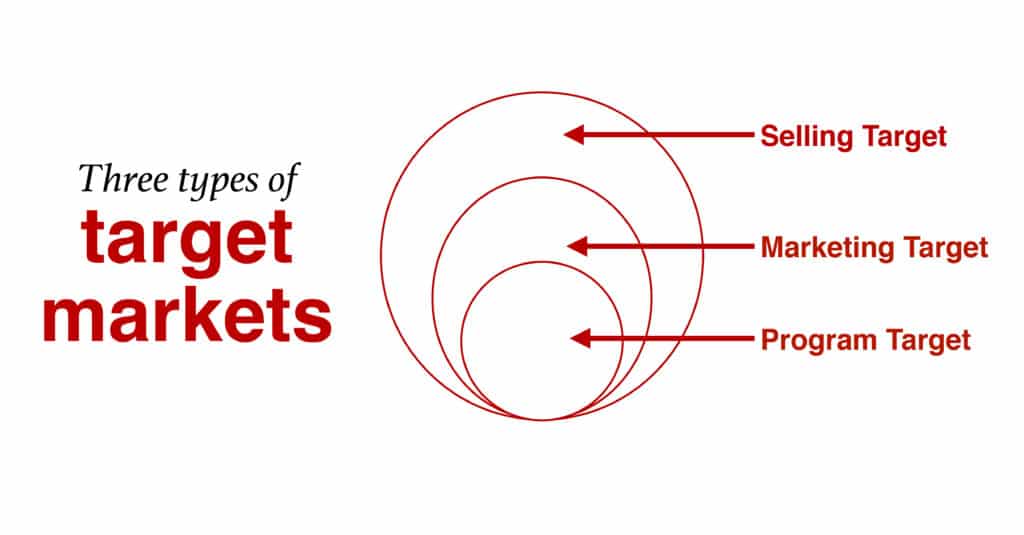
Selling target:
This is pretty much everyone, as you sell to anyone who comes in the door and wants to buy, regardless if they fit your ideal target. However, “everyone” should never be a marketing target. You are spreading your resources so thin your message will miss out on really capturing those consumers most likely to respond, which provides an efficient payback.
Marketing target:
You should focus your limited resources on those consumers who have the highest likelihood of responding positively to your brand positioning, advertising, and new product innovation. A tighter consumer target market provides the fastest and highest return on investment.
Program target:
When working on a specific campaign, narrow the target even further. Focus on people you want to stimulate to see if you can get them to see, think, feel or do things that will benefit your brand. A specific program consumer profile is smart when launching a new product, or aligning with a promotional time of year (including back-to-school or Christmas).
Competitors
Using Market Research to help with competitor analysis.
Understanding the competition is important for any business, and competitor analysis market research can provide valuable insights into a brand’s competitors, their strengths and weaknesses, and what sets them apart in the market.
Secondary market research methods, such as industry reports and competitor analysis can be used to gather information on competitors. A brand manager can also conduct primary market research methods such as surveys or focus groups to gather data from consumers on their perceptions of the competition. This information can then be used to inform the brand’s positioning and messaging in the market.
To illustrate, click on our 10 best competitor market research questions above.
There are several types of market research that can be used to gather knowledge of competitors.
- Market Analysis: Market analysis is a type of market research that involves analyzing the overall market, including size, growth, and trends. It can be used to identify key players in the industry, as well as identify opportunities for growth.
- Competitor Analysis: Competitor analysis is a type of market research that involves analyzing your main competitors, including their products, pricing, marketing strategies, and target audience. It can be used to identify your competitors’ strengths and weaknesses, as well as identify opportunities for differentiation.
- Mystery Shopping: Mystery shopping is a type of market research that involves sending a trained researcher to visit a competitor’s store or website, posing as a regular customer. They can gather information on the competitor’s products, pricing, customer service, and in-store experience.
Advertising
Using Market Research to help assess and improve advertising.
Advertising is an essential aspect of brand strategy and advertising research can provide valuable insights into what messaging and media channels are most effective for reaching the target audience.
Pre-testing methods such as focus groups and surveys can be used to gather consumer feedback on advertising concepts and campaigns before they are launched. Post-testing methods such as surveys and data analysis can be used to evaluate the effectiveness of advertising campaigns after they have been launched.
There are several types of market research that can be used to assess advertising.
- Advertising Testing: Advertising testing is a type of research that involves testing different versions of an advertisement to see which one is most effective. This can include testing different headlines, images, and call-to-action phrases.
- Pre-Testing: Pre-testing is a type of research that involves testing an advertisement before it is released to the general public. This can include focus groups, surveys, or online testing to gather feedback on the ad’s effectiveness.
- Post-Testing: Post-testing is a type of research that involves gathering data on an advertisement after it has been released to the general public. This can include surveys, online testing, or sales data.
Advertising testing is an important part of any marketing campaign.
It allows brands to evaluate the effectiveness of their ads and make data-driven decisions on how to improve them. There are several different types of advertising testing that can be used, each with its own set of advantages and disadvantages.
A/B testing is one of the most popular types of advertising testing. It involves creating two versions of an ad and showing them to a sample group of consumers. The ad that performs better is then used for the full campaign. A/B testing allows brands to test different elements of an ad, such as headlines, images, and call-to-action buttons, to see which ones perform the best.
Split testing, also known as multivariate testing, is similar to A/B testing but involves testing multiple elements of an ad at once. This allows brands to test different combinations of elements to see which ones work best together. Split testing can be more time-consuming and complex than A/B testing, but it can also provide more detailed insights into how different elements of an ad are impacting performance.
Online surveys and focus groups are another popular method for testing advertising.
Surveys can be used to gather data on consumer attitudes and perceptions towards an ad, while focus groups allow for in-depth discussions with a small group of consumers. These methods provide qualitative data that can be used to understand consumer attitudes and perceptions in more detail.
Testing in-store or in the real world is another option. For example, in a retail store, brands can test different product placements, in-store displays, and pricing strategies to see how they impact sales. This can provide valuable insights into how customers interact with products in a real-world setting.
M A R K E T I N G B O O K
beloved brands
the playbook for how to create a brand your consumers will love
Covering every aspect of brand management, it is no wonder that our readers reach for Beloved Brands multiple times each week to guide them through the challenges of day-to-day brand management.
Get ready for a mind-bending journey as we take you on a deep dive into your brand strategy. We’ll challenge you with thought-provoking questions designed to shake up your thinking and help you see your brand in a whole new light. And our unique process for defining your brand positioning will leave you with fresh ideas and new possibilities for how to differentiate your brand.
But we won’t just leave you with ideas – we’ll show you how to turn them into action. Learn how to write a brand plan that everyone can follow, ensuring that all stakeholders are aligned and contributing to your brand’s success. We’ll walk you through the creative execution process, from writing an inspiring brief to making smart and breakthrough decisions.
And when it comes tao analyzing your brand’s performance, we’ve got you covered. Our innovative methods will help you dive deep and uncover insights you never knew existed, giving you the knowledge you need to make the best decisions for your brand’s future.
But don’t just take our word for it – our Amazon reviews speak for themselves.
With over 85% of our customers giving us a glowing five-star rating and an overall rating of 4.8 out of 5.0, we know we’re doing something right. And with numerous weeks as the #1 bestseller in brand management, you can trust that we have the experience and expertise to help you achieve success.
Ready to join the ranks of the Beloved Brands community? Order our book on Amazon, Rakuten Kobo, or Apple and start your journey towards brand success today.
Take a read through our sample chapter on strategic thinking
New product innovation
How market research helps determine the success of new product innovation.
New product development research can provide valuable insights into consumer needs and preferences, and can be used to inform the development of new products. Concept testing methods such as surveys and focus groups can be used to gather consumer feedback on new product concepts. Prototype testing methods such as in-person testing or virtual testing can be used to gather feedback on product prototypes before they are launched. Finally, market testing methods such as test markets or controlled distribution can be used to gather data on sales and consumer feedback on a new product before it is launched in the market.
One of the first steps in conducting market research is identifying the target audience.
This includes gathering data on demographics, purchasing habits, and pain points. Understanding the needs and wants of the target audience is essential in creating a product that addresses their needs and stands out in the market.
Next, it is important to analyze the competition. This includes researching existing products in the market, understanding their strengths and weaknesses, and identifying gaps in the market that the new product can fill.
Gathering direct feedback from potential customers is another key aspect of market research. This can be done through focus groups, surveys, and pilot tests. By asking customers about their needs, preferences, and pain points, companies can make adjustments to the new product to better meet the needs of their target audience.
Using a pilot test to improve the new product
Once the product has been finalized, it is important to conduct a pilot test to gather additional feedback. This allows companies to make any final tweaks to the product before launching it to the wider market.
With all the data and feedback in hand, companies can make a decision about whether to launch the new product. Market research provides valuable insights that can help companies create a product that meets the needs of their target audience, differentiates itself from the competition, and has a higher chance of success in the market.
Market research is a vital step in the product development process. By gathering data on target audiences, competitors, and industry trends, companies can make informed decisions about their new product, increasing the likelihood of its success in the market. By conducting thorough market research, companies can make better decisions, launch a product that is well-received by customers and increase their chances of success in the market.
To illustrate, product innovation ideas should also fit within the marketing playbox
Using our innovation checklist
Our Innovation Checklist is designed to help brand leaders compare innovation ideas. It is a decision-making tool to help sort through various factors to compare and decide which ideas to move through the innovation process. First, look at the potential of the idea in terms of consumer demand and competitive intensity to help figure out if it will meet the sales and profit threshold level.
Moreover, the innovation checklist looks at the fit with the brand, looking at how well it fits with the brand idea. And, the checklist looks at how well it can fit with the company’s strengths such as manufacturing, sales, distribution, and servicing.
To illustrate, the innovation checklist helps to compare ideas on an equal playing field.
Purchase moment
How to use market research to help understand the purchase moment.
In-store research can provide valuable insights into the customer experience, and can be used to inform in-store merchandising, product placement, and store layout.
In-store observation methods can be used to gather data on consumer behavior in-store, including product selection, in-store navigation, and purchase decisions.
Mystery shopping methods can be used to gather data on customer service and in-store operations, including sales associates’ product knowledge and adherence to store policies.
To illustrate, click the purchase journey and the marketing funnel that measures.
A classic marketing funnel measures how successful a brand is at moving consumers through their purchase journey including stages such as awareness, familiar, consider, purchase, repeat and loyal. From a strategic view, the brand funnel tells you where your brand is now, and when analyzed with intelligence, it provides hints as to where you can go next. The marketing funnel is also referred to as a sales funnel or brand funnel.
The importance of market research for the brand manager
In conclusion, as a brand manager, it’s important to understand the different types of marketing research available and how they can be used to inform brand strategy. Consumer targeting research can provide insights into the demographics, psychographics, and purchasing habits of the target market. Competitor analysis research can provide valuable insights into a brand’s competition, their strengths and weaknesses, and what sets them apart in the market. Advertising research can provide valuable insights into what messaging and media channels are most effective for reaching the target audience.
When you’re facing a tight budget you can do your own market research. Click here to learn how you can do your own market research.


